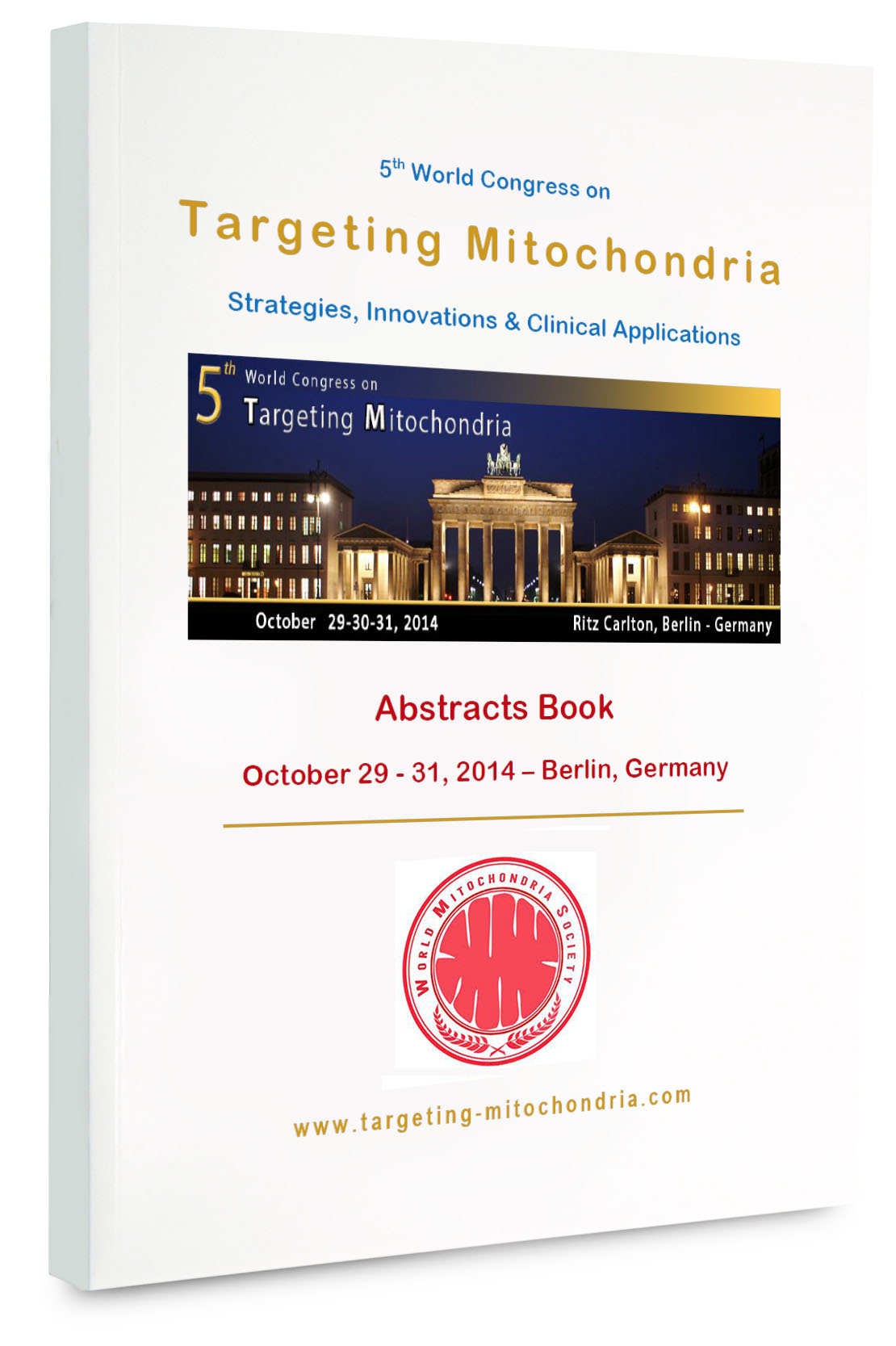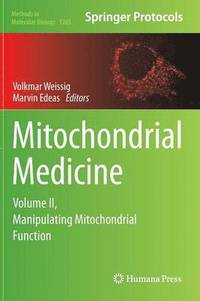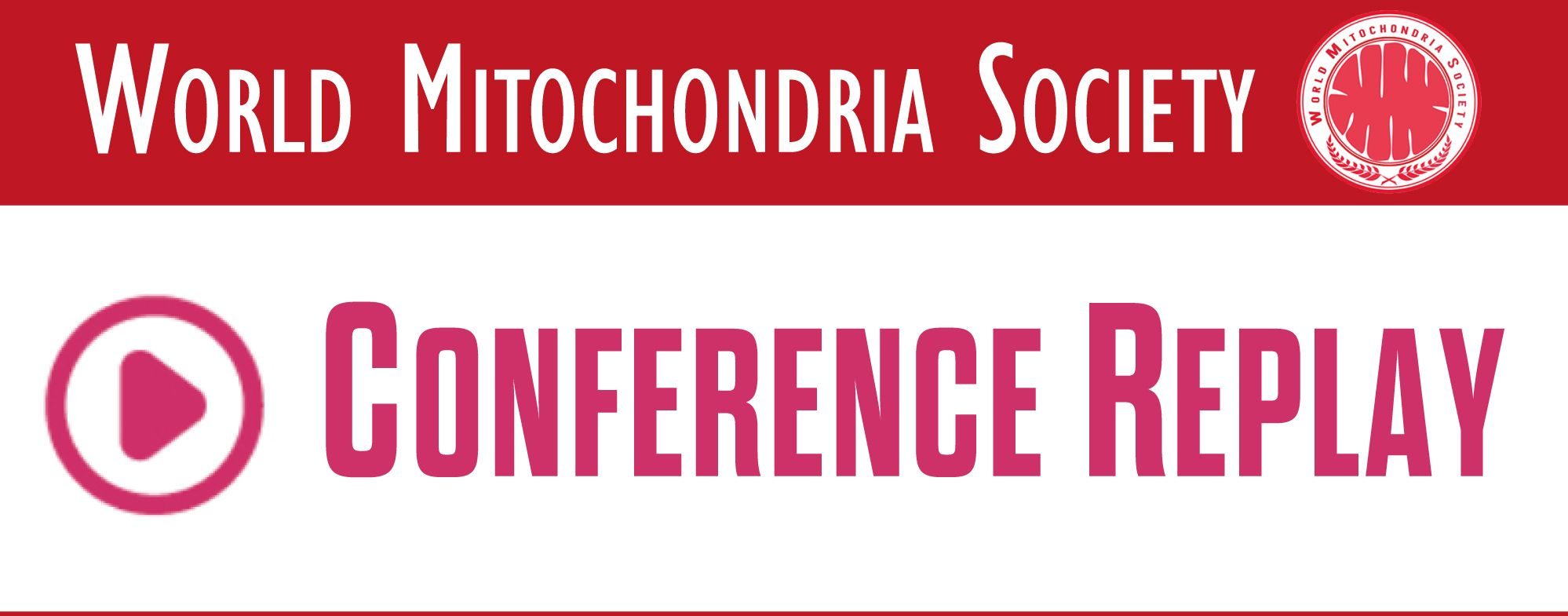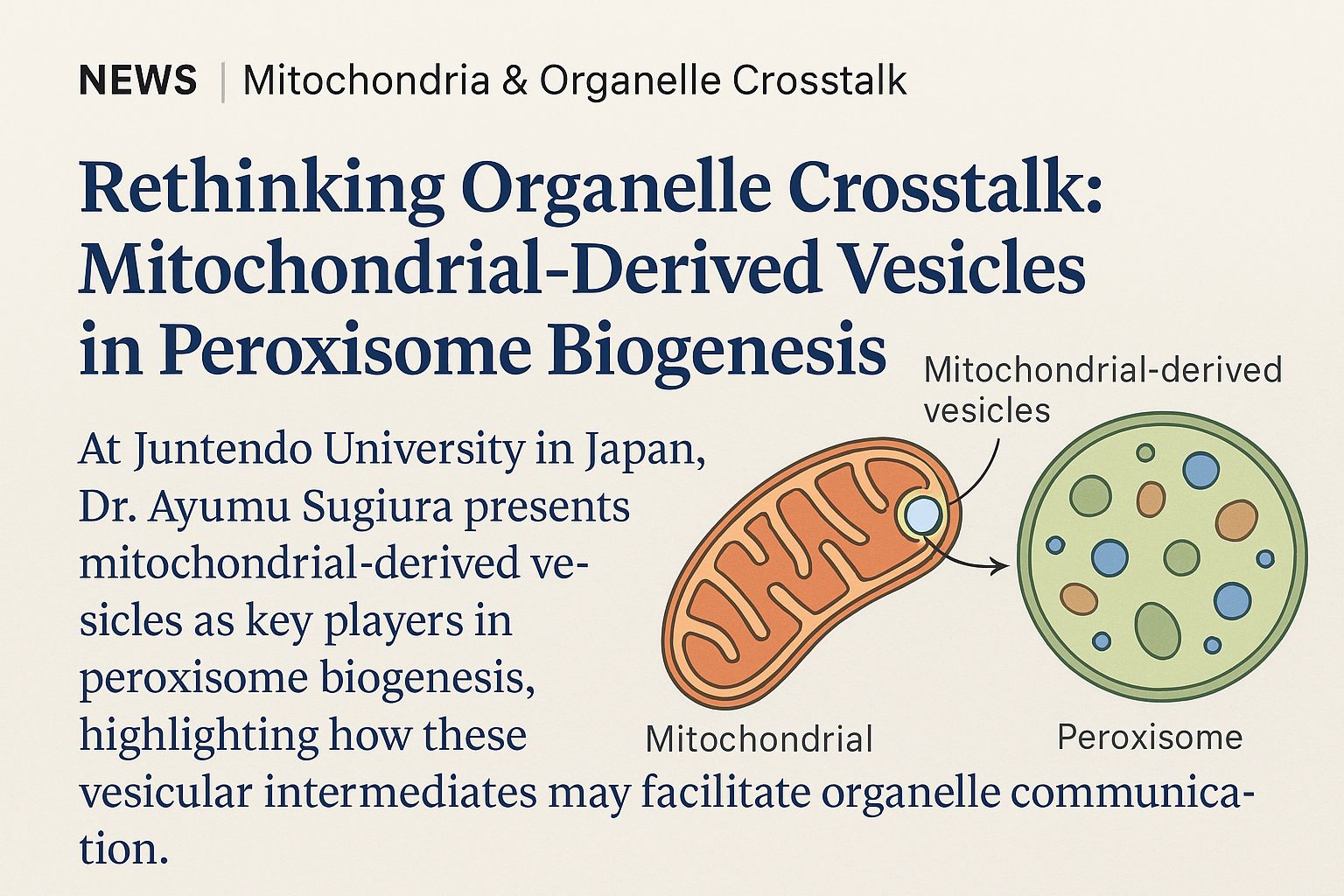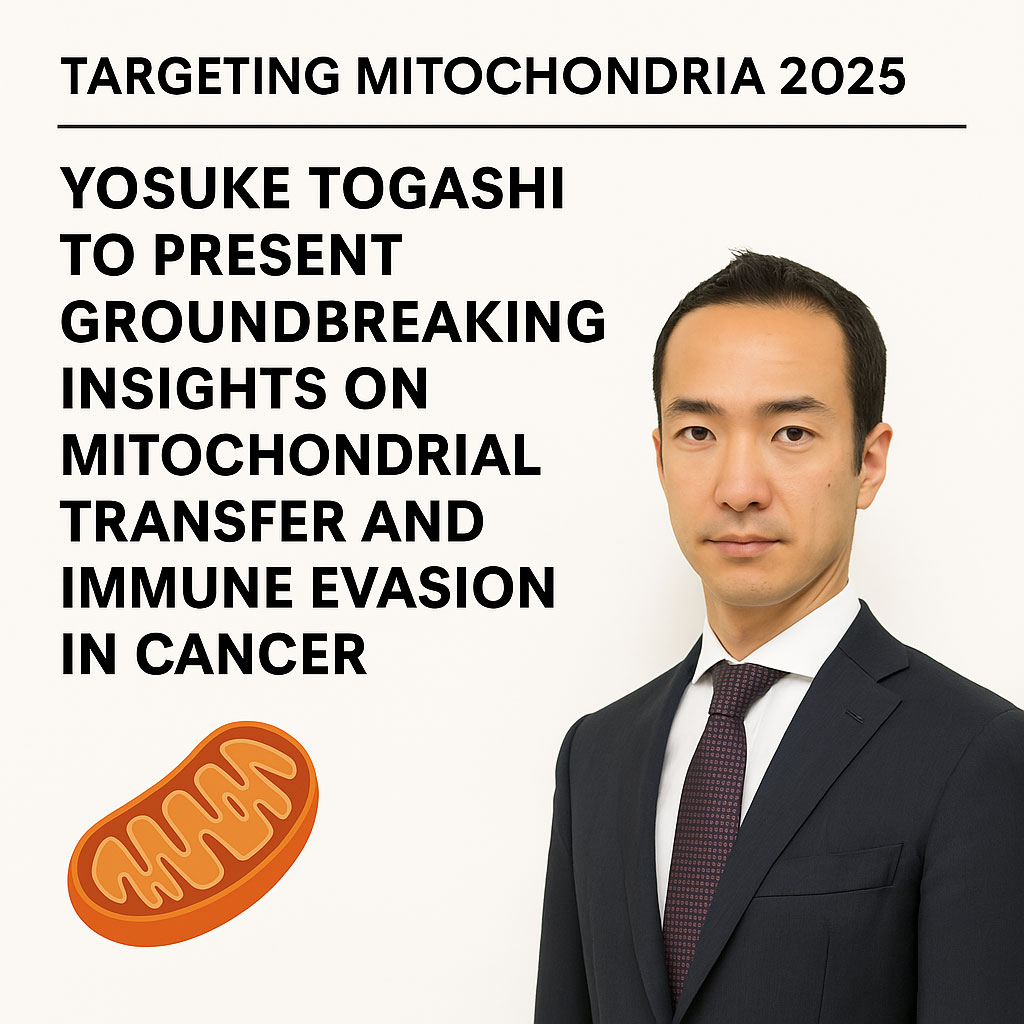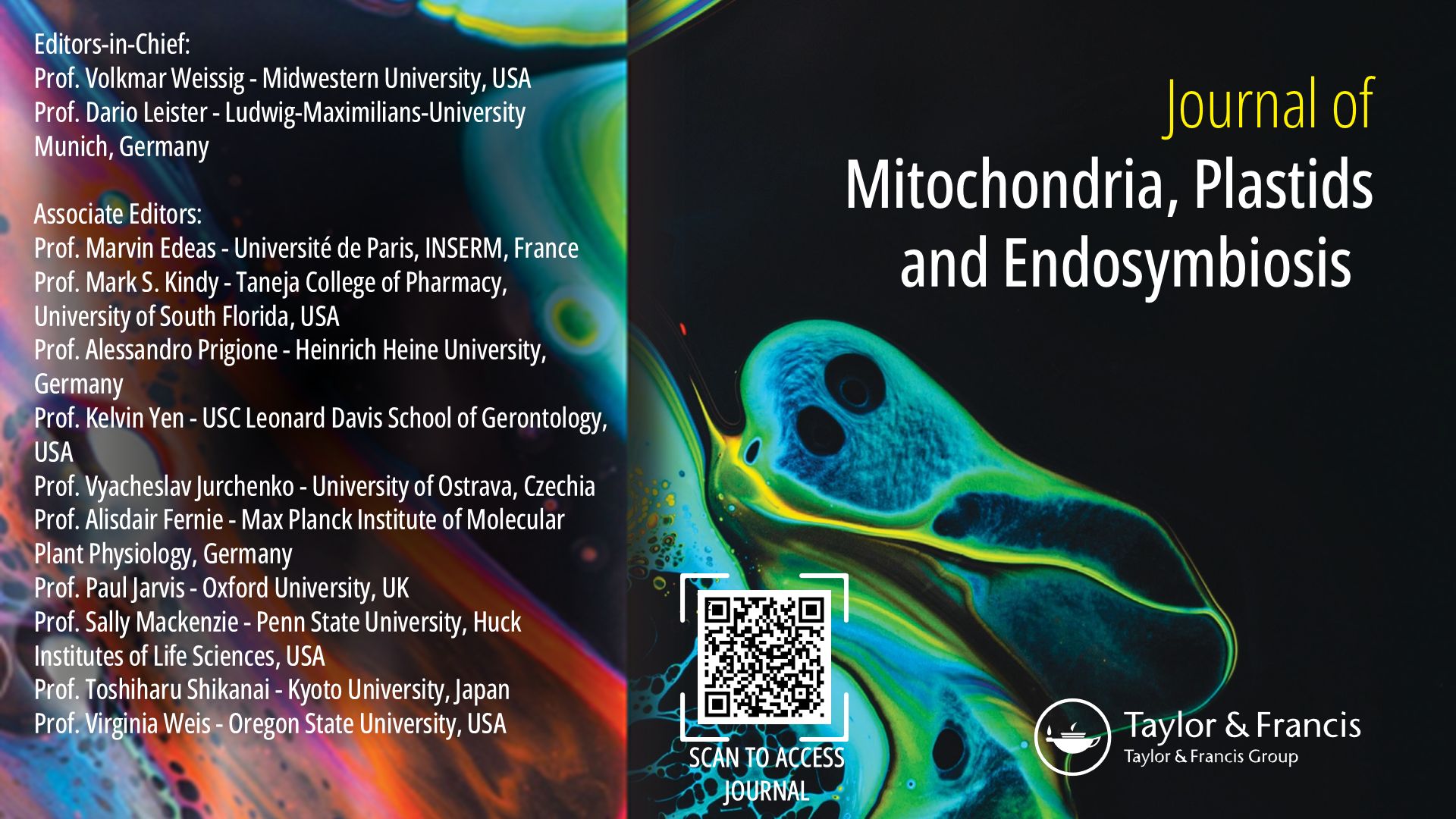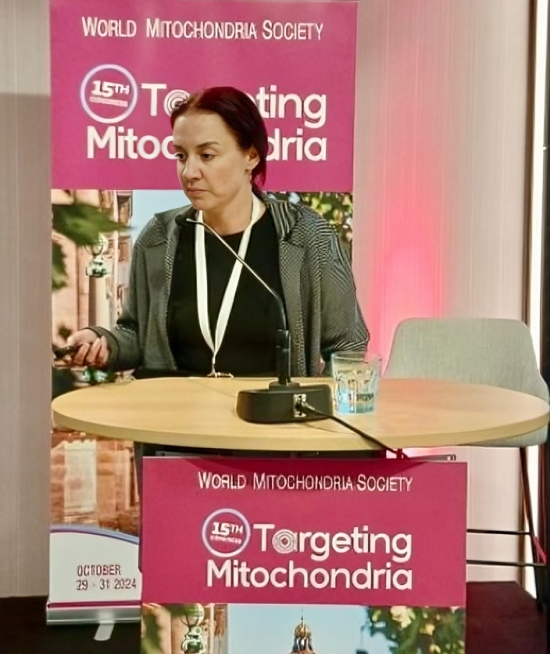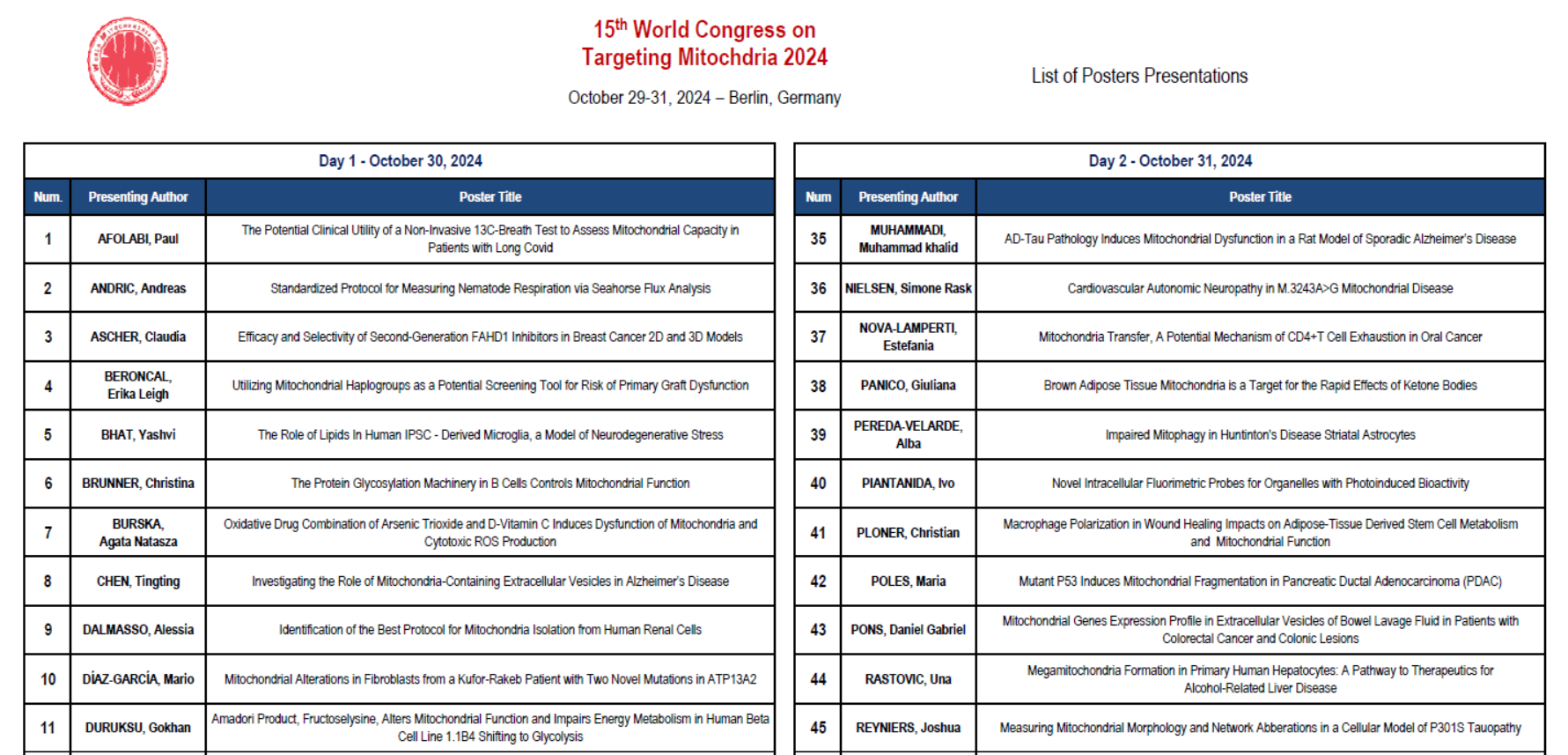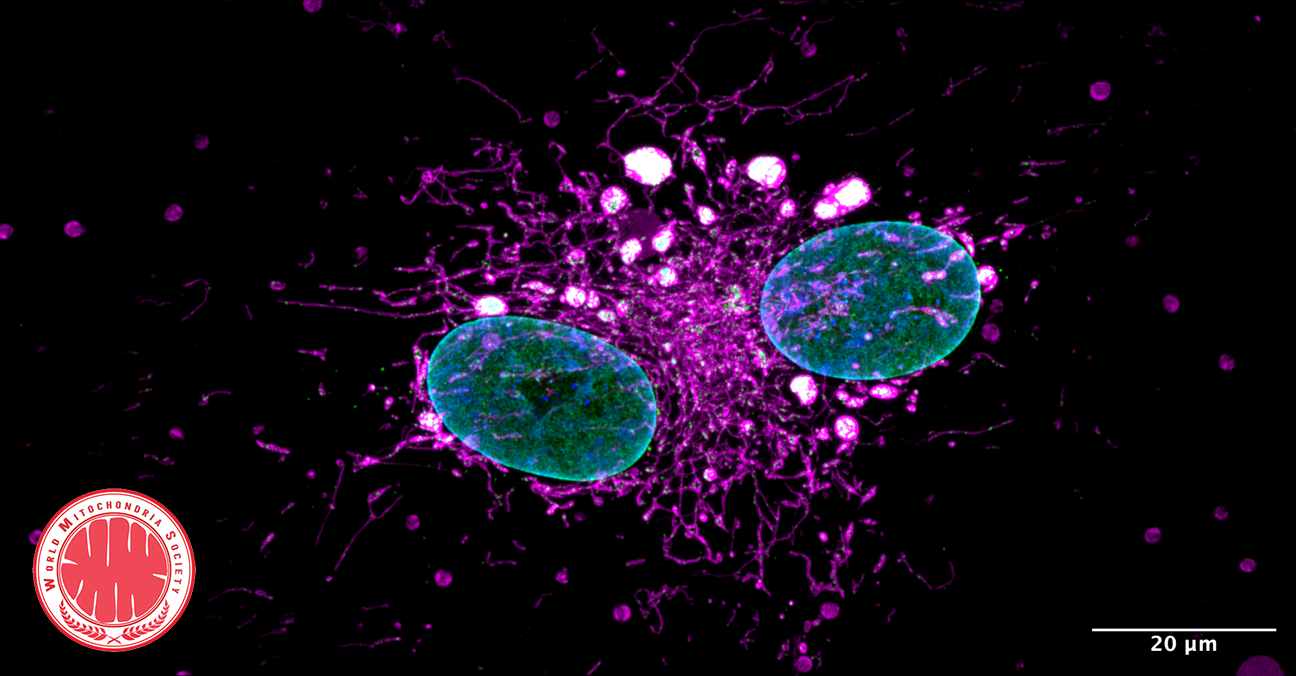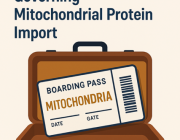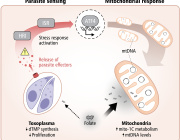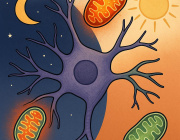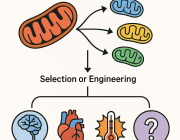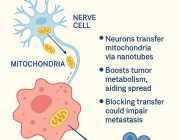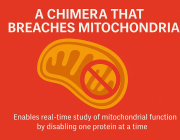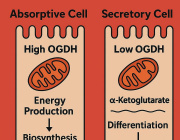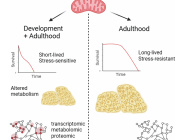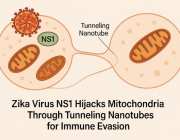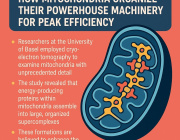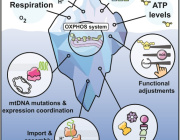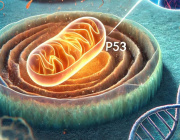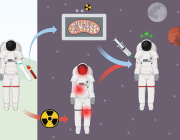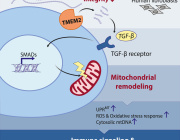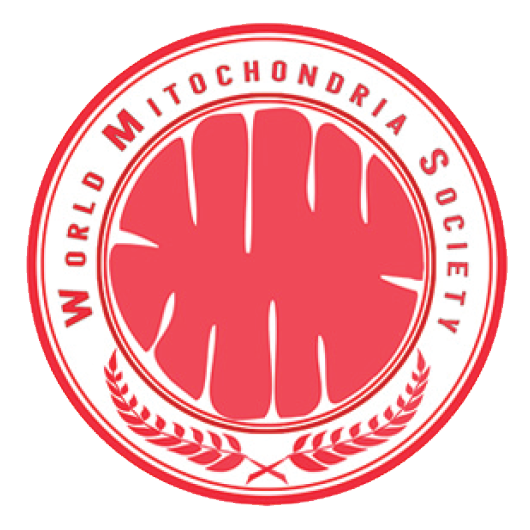The Abstracts book of Targeting Mitochondria 2014 is now available in PDF version
All abstracts accepted by the Scientific Committee of Targeting Mitochondria 2014 are published in the abstracts book of the congress.
The abstracts book contains abstracts of major speakers, short oral presentations and posters presentations (186 pages).
You can order this Abstracts Book in PDF Format by clicking here.
Pictures and moments of Targeting Mitochondria World Congress 2014

We are very pleased to share with you a few pictures of the 5th Congress of Targeting Mitochondria 2014, which was held on October 29 to 31, 2014, at Hotel Ritz Carlton, Berlin.
We hope these picture will remind you of the best times of the Congress.
To access to the pictures gallery, please click here.
The central role of mitochondrial dysfunction in brain and other tissues pathophysiology evaluated in vivo presented by Prof. Avraham Mayevsky
During the Workshop organized on October 28, 2015, Prof. Avraham Mayevsky from Faculty of Life-Sciences and the Multidisciplinary Brain Research Center, Israel will present The central role of mitochondrial dysfunction in brain and other tissues pathophysiology evaluated in vivo.
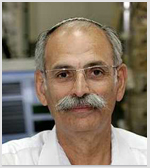
He will talk about :
- Historical Overview – The 60 years legacy of Prof. Britton Chance.
- Brain and Tissue Energy Metabolism and Mitochondrial Function.
- Why and how to Monitor Mitochondrial NADH redox state in vivo.
- Multiparametric monitoring of NADH together with other tissue physiological activities.
- Responses of brain and other tissues to various perturbations in Animal Models.
- Monitoring of Mitochondrial NADH and microcirculatory blood flow and oxygenation in patients
Treating cancer like an infectious disease: A strategy presented by Dr Rebecca Lamb during WMS Congress
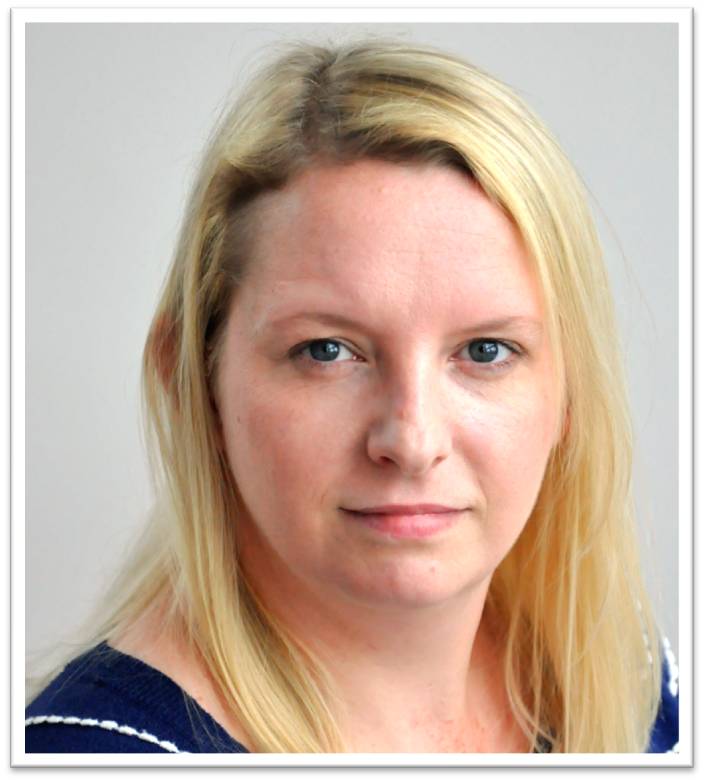
During the 6th World Congress on Targeting Mitochondria scheduled from October 28 to 30 in Berlin, Dr Rebecca Lamb from the University of Manchester, UK will give a strategic presentation about Antibiotics that target mitochondria effectively eradicate cancer stem cells, across multiple tumor types: Treating cancer like an infectious disease.
Dr Lamb and her team proposes a new strategy for the treatment of cancer, via the selective targeting of cancer stem cells (CSCs) responsible for tumour-initiation, progression, treatment resistance and disease recurrence. They utilized CSC activity as a global phenotypic characteristic of multiple tumour types, to provide a mutation-independent approach to cancer therapy, effectively treating cancer as a single disease of “stemness”.
If you would like to know more about the presentation from Dr Lamb, don't hesitate to register for Targeting Mitochondria World Congress.
More information on www.targeting-mitochondria.com
PSC-based drug discovery of mitochondrial disorders: Neural cells from patient-derived iPSCs as a novel system for drug discovery of mtDNA disorders
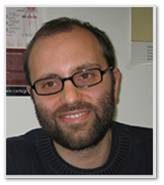
During Targeting Mitochondria 2015, Dr. Alessandro Prigione, from the Max Delbrück Center (MDC) of Berlin, will discuss how to develop novel drug discovery pipelines for mitochondrial DNA (mtDNA) disorders using induced pluripotent stem cells (iPSCs). Viable neural model systems of mtDNA brain disease are lacking due to the challenges of engineering mtDNA, thus hindering the search for therapeutic options. Here, we demonstrate that iPSC-derived neural cells may maintain the parental mtDNA profile and exhibit mitochondrial-based metabolism. Using this system, neural-specific dysfunctions due to homoplasmic mtDNA mutations could be identified. We therefore propose iPSC-derived neural cells as a novel model system for the establishment of personalized phenotypic drug discovery for untreatable mtDNA disorders affecting the nervous system.
For more information about Targeting Mitochondria World Congress: www.targeting-mitochondria.com
The scientific Committee of World Mitochondria Society published the program of the 6th World Congress on Targeting Mitochondria
 On behalf of Scientific Committee of Targeting Mitochondria World Congress 2015, we are pleased to inform you about the publication of the program for the 6th World Congress on Targeting Mitochondria, which will be held at Hotel Ritz, Berlin from October 28 to 30, 2015.
On behalf of Scientific Committee of Targeting Mitochondria World Congress 2015, we are pleased to inform you about the publication of the program for the 6th World Congress on Targeting Mitochondria, which will be held at Hotel Ritz, Berlin from October 28 to 30, 2015.
To access to the agenda of Targeting Mitochondria 2015, please click here.
We remind you that you have un til September 30 to submit your abstract for poster presentation.
For more information: www.targeting-mitochondria.com
Dr Das will present the recent advances on the role of mitochondria in RNA interference by miRNA activity

Dr Samarjit Das, from John Hopkins Unviersity, USA will give a strategic presentation about Mitochondrial microRNA, “MitomiR”: A new Player in Heart Failure.
According to Dr Das: "The goal of this project is to explore the novel concept that microRNA (miRNA) can regulate mitochondrial biology of the heart, and thereby affect myocardial disease development and progression. The field of miRNA biology has exploded recently, with many studies demonstrating that small non-coding RNA (miRNA) can repress the expression of target genes by post-transcriptional regulation and play a major role in many physiologic and pathologic processes. Several groups suggested that miRNA exist in mitochondria, but we were the first to show that miRNA exist in heart mitochondria and are functionally important."
If you are interested to know more about the results of this study, don't hesitate to join Targeting Mitochondria World Congress 2015.
For more information: www.targeting-mitochondria.com
.
Targeting energy producing metabolic pathways for cancer therapy
 Dr Vladimir Gogvadze, from Karolinska Institutet in Sweden is a special in the role of mitochondria in cancer field.
Dr Vladimir Gogvadze, from Karolinska Institutet in Sweden is a special in the role of mitochondria in cancer field.
The scientific committee of the World Mitochondria Society is honoured to welcoming Dr Gogvadze during Targeting Mitochondria World Congress which will be held at Ritz Carlton, from October 28 to 30.
The majority of cancers demonstrate various tumor-specific metabolic aberrations, such as increased glycolysis even under aerobic conditions (Warburg effect), whereas mitochondrial metabolic activity and their contribution to cellular energy production are restrained. The “glycolytic shift” in tumor cells offered a rationale for therapeutic strategies aimed at selective inhibition of the glycolytic pathway. This approach could be most useful in cells with mitochondrial defects, or under hypoxic conditions, when the mitochondrial contribution to cellular bioenergetics is minimal.
Dr Targeting Mitochondria World Congress, Dr Gogvadze will present the recent studies related to mitochondria & cancer.
For more information: www.targeting-mitochondria.com


